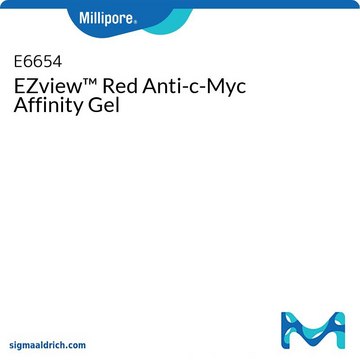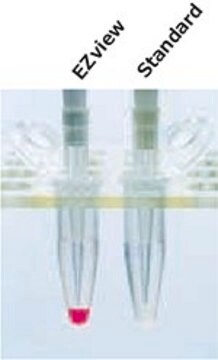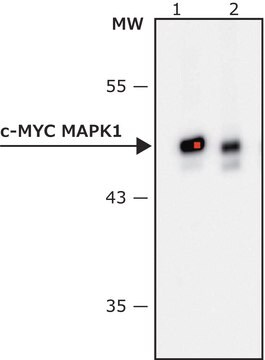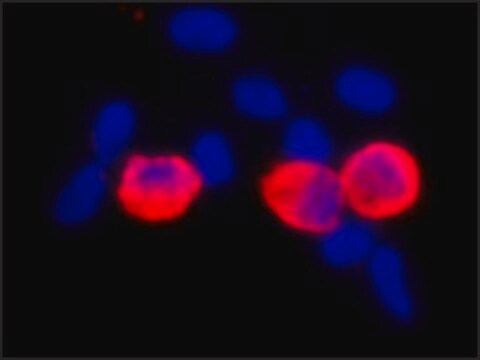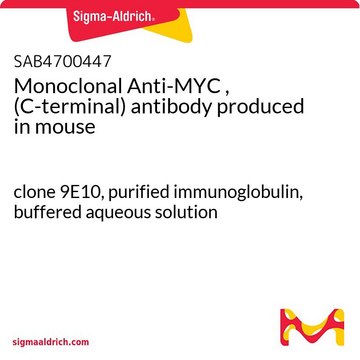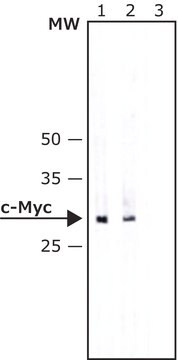A7470
Anti-c-Myc Agarose Affinity Gel antibody produced in rabbit
affinity isolated antibody
Synonym(s):
Anti-c-Myc
About This Item
Recommended Products
biological source
rabbit
Quality Level
conjugate
agarose conjugate
antibody form
affinity isolated antibody
antibody product type
primary antibodies
clone
polyclonal
species reactivity
human
analyte chemical class(es)
proteins (c-Myc)
technique(s)
affinity chromatography: suitable
immunoprecipitation (IP): suitable
capacity
≥10 nmol/mL binding capacity (c-Myc tagged fusion protein)
≥7 nmol/mL elution capacity (c-Myc tagged fusion protein)
UniProt accession no.
storage temp.
2-8°C
Gene Information
human ... MYC(4609)
Looking for similar products? Visit Product Comparison Guide
General description
Specificity
Immunogen
Application
- chromatin immunoprecipitation (ChIP)
- co-immunoprecipitation
- western blotting
- immunofluorescence
- immunoprecipitation
Biochem/physiol Actions
Physical form
Storage and Stability
Disclaimer
Not finding the right product?
Try our Product Selector Tool.
related product
Storage Class Code
11 - Combustible Solids
WGK
WGK 1
Flash Point(F)
Not applicable
Flash Point(C)
Not applicable
Choose from one of the most recent versions:
Already Own This Product?
Find documentation for the products that you have recently purchased in the Document Library.
Customers Also Viewed
Our team of scientists has experience in all areas of research including Life Science, Material Science, Chemical Synthesis, Chromatography, Analytical and many others.
Contact Technical Service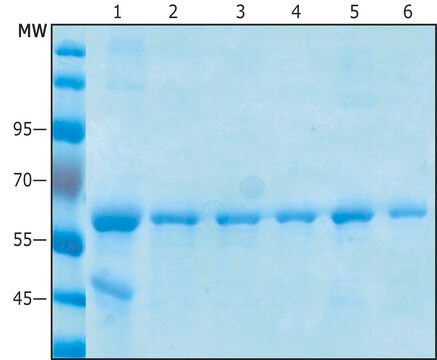

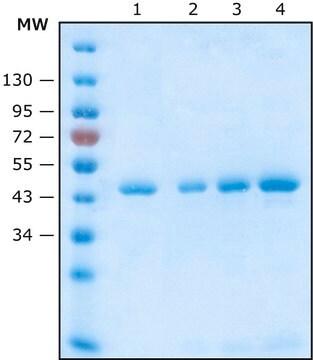

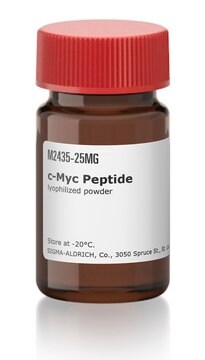

![[Asn670, Leu671]-Amyloid β/A4 Precursor Protein 770 Fragment 667-676 trifluoroacetate salt ≥95% (HPLC), solid](/deepweb/assets/sigmaaldrich/product/images/296/089/259ad19e-25e1-4604-9077-8d4dbea518b6/640/259ad19e-25e1-4604-9077-8d4dbea518b6.jpg)
